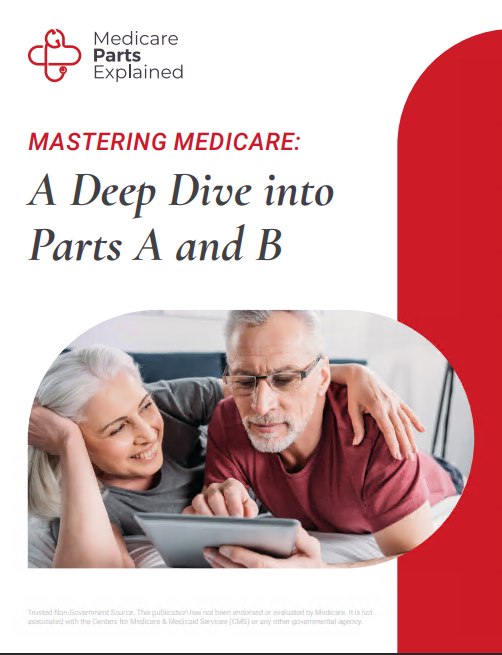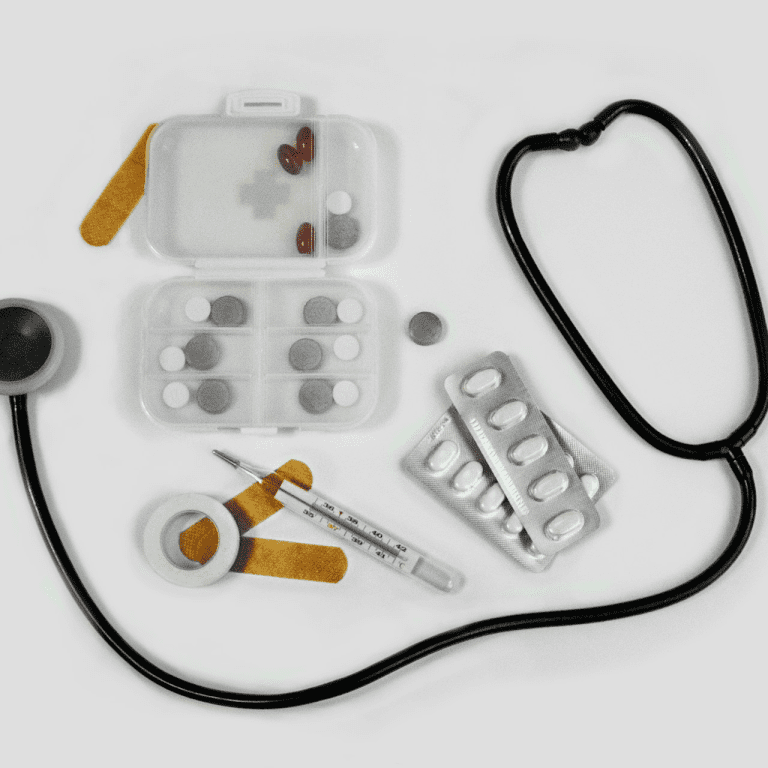Key Takeaways
-
Medicare Part D helps cover prescription drug costs, but understanding how its different phases and cost structures work can prevent unexpected expenses.
-
Choosing the right Part D plan requires careful comparison of formularies, premiums, deductibles, and out-of-pocket limits to maximize savings.
Understanding Medicare Part D: What You Need to Know
Medicare Part D is the prescription drug coverage portion of Medicare, designed to help reduce the cost of medications for enrollees. While it provides substantial financial relief, many beneficiaries are unaware of key details that could significantly impact their out-of-pocket costs. Here are six essential facts about Medicare Part D that can help you save money and make informed decisions about your healthcare.
1. The Annual Deductible and Initial Coverage Limit Matter
-
Medicare Part D plans have an annual deductible that enrollees must pay before coverage begins. In 2025, the maximum deductible is $590.
-
Once the deductible is met, the initial coverage phase begins, where beneficiaries pay a percentage of drug costs through copayments or coinsurance.
-
Understanding your plan’s deductible and initial coverage threshold can help you plan for prescription costs throughout the year.
2. The Coverage Gap (Donut Hole) Is Gone, but Costs Still Apply
-
As of January 1, 2025, the Part D coverage gap, commonly called the donut hole, has been eliminated.
-
Instead, after reaching a total drug cost of $2,000, beneficiaries transition into catastrophic coverage, where their plan covers 100% of medication costs for the rest of the year.
-
This new structure reduces financial risk for high prescription drug users but still requires planning to manage medication expenses leading up to this threshold.
3. Prescription Drug Costs Vary Between Plans
-
Medicare Part D plans differ in costs, coverage, and formularies (lists of covered drugs), which means the same medication may have different out-of-pocket costs depending on the plan you choose.
-
Plans can change formularies and cost-sharing structures annually, making it crucial to review your plan during Open Enrollment (October to December) each year to ensure it still meets your needs.
-
Some plans may cover specific brand-name medications at a lower cost, while others favor generics. Checking a plan’s formulary before enrolling helps prevent unexpected expenses.
4. Extra Help Is Available for Low-Income Beneficiaries
-
The Extra Help program assists low-income Medicare beneficiaries by reducing or eliminating monthly premiums, deductibles, and copayments for prescription drugs.
-
In 2025, eligibility for Extra Help is based on income and resource limits. The program can save enrollees hundreds or even thousands of dollars per year on medication costs.
-
Those who qualify for Medicaid, Supplemental Security Income (SSI), or a Medicare Savings Program are automatically enrolled in Extra Help.
5. Late Enrollment Penalties Can Add Up
-
If you do not enroll in a Medicare Part D plan when first eligible and do not have other creditable prescription drug coverage, you may face a permanent late enrollment penalty.
-
The penalty is calculated as 1% of the national base beneficiary premium per month of delayed enrollment, which continues for as long as you have Part D coverage.
-
To avoid this extra cost, it’s recommended to enroll in a plan as soon as you’re eligible, even if you don’t currently take medications.
6. Medicare’s Prescription Payment Plan Offers a New Payment Option
-
A new Medicare Prescription Payment Plan launched in 2025, allowing enrollees to spread out-of-pocket drug costs over monthly installments instead of paying large sums upfront.
-
This option is especially beneficial for those who reach the $2,000 catastrophic coverage threshold early in the year and prefer to manage expenses more predictably.
-
Enrollees must opt into this program through their plan provider during Open Enrollment.
Finding the Best Part D Plan for Your Needs
With so many options available, selecting the right Medicare Part D plan can feel overwhelming. Here are some key factors to consider:
-
Monthly Premiums: While lower premiums may seem appealing, plans with higher premiums often have lower out-of-pocket costs.
-
Drug Formularies: Ensure your medications are covered under a plan’s formulary to avoid high out-of-pocket costs.
-
Pharmacy Network: Some plans have preferred pharmacies that offer lower copayments.
-
Annual Deductible and Cost-Sharing: Consider how much you’ll need to pay before the plan starts covering costs.
Making the Right Choice for Your Health and Wallet
Understanding how Medicare Part D works is crucial for managing prescription drug costs effectively. Whether you’re enrolling for the first time or reassessing your current plan, taking the time to compare options can result in significant savings.
For expert advice on selecting the best Medicare Part D plan for your needs, reach out to a licensed agent listed on this website who can guide you through the process.









